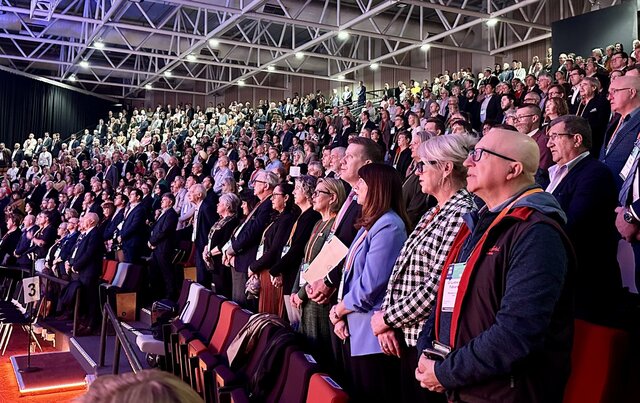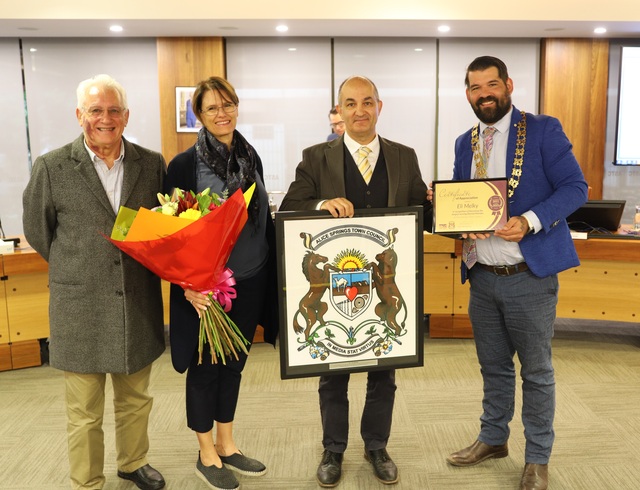As our lead story in the January edition, we ran an interview with the Australian Local Government Association President (ALGA), Councillor Mike Montgomery. This regular feature in our first edition for the year this provides readers with an overview of what the national President believes will be the key challenges facing Local Government over the next 12 months.
Councillor Montgomery said that cost shifting, urban and regional growth and the threat of development assessment powers being removed from Councils were major issues facing Local Government in 2004. He said that in New South Wales, recommendations from a recent State Government review could see up to 70 per cent of development assessments taken away from Councils.
With 2004 being the Year of the Built Environment, it is interesting that, although battles concerning development approval processes are largely fought out between the State Governments and Local Government, the new Federal Minister for Local Government, Territories and Roads, Senator Ian Campbell, has also weighed into the argument. In a candid interview (see National Perspective in this edition), when asked about current weaknesses in Local Government, Senator Campbell identified the ongoing challenge “to attract good and highly skilled people” to run for Council and secondly, planning processes.
He said that he is keen to see a significant improvement in planning and development procedures in Local Government because it has a massive impact on Australia’s economic development.
Councils are continually faced with the dilemma of balancing the views of local residents wanting to protect their lifestyle and amenity against the desires of developers to have their projects approved. With the land values in many of our cities and towns quadrupling in the past few years, a ‘developer’ may well be a neighbour, who has decided to cash in on the boom by strata titling his or her house block to construct double storey units, to a more cashed up developer who proposes a multistorey apartment complex in an area where two or three storeys are currently the highest buildings.
In both these typical scenarios, there are likely to be objectors and so the process begins. So where best would such planning matters resolved? It is true that major developments can create jobs, and an influx of additional residents wanting an inner city lifestyle can breathe new life into an ailing shopping strip precinct, but Councils can’t ignore any loss of amenity for the residents they represent.
Some developers do go to great lengths to ensure their proposals are sympathetic to the locality, but the lure of making a quick profit has resulted in some monumental eyesores. For this reason, planning issues impacting on localities and local amenity must remain a primary function of Local Government.
President of the New South Wales Local Government Association, Councillor Dr Sara Murray, correctly sums up the situation in her President’s comment below when she says that some planning processes can be slow because it takes time for Councils to consult fully and carefully consider complex proposals. She argues that planning processes are not in place for developers but “for the communities who live, work and play in our areas. A good planning system will always involve the community and will always involve their elected representatives. That takes time, but is both efficient and proper.”
Therefore, State Governments must not cave in to the powerful developer lobby by providing them with a system that takes Councils and local communities out of the planning process.







